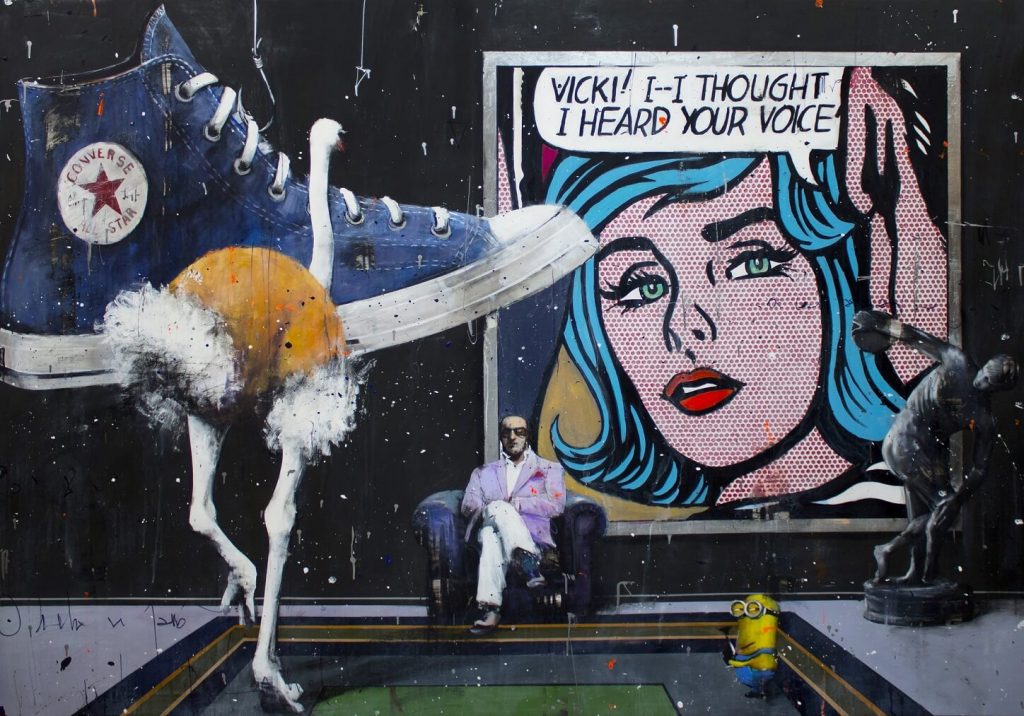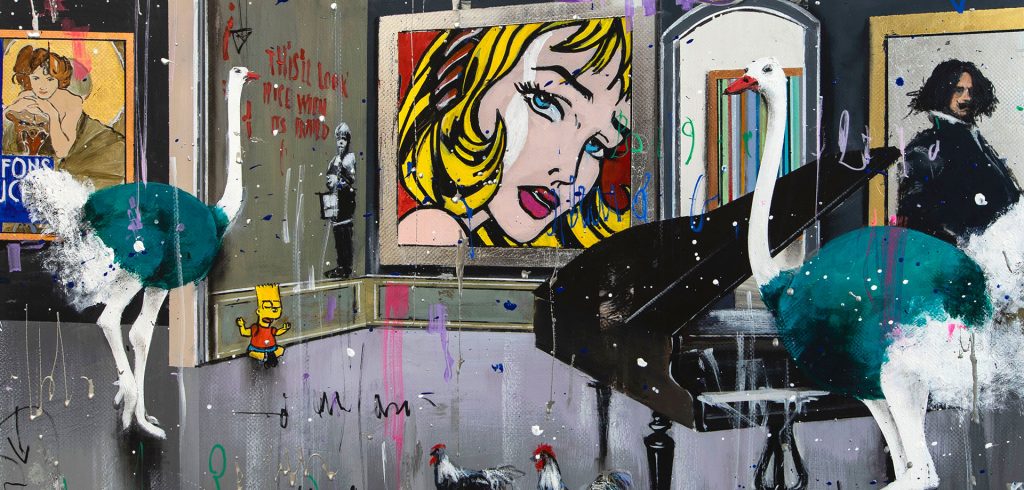Pop Art Movement
Pop art is a curious thing. The term pop art is used to describe a style of art that emerged in the 1960s and 1970s, where the idea behind pop art is to make art that is not just beautiful but also popular. Pop art is often associated with popular culture but can also be seen in the lives of its artists.
Pop art is a type of modern art that emerged at the beginning of the 20th century and is a reaction against fast and easy mass-produced goods.
It is characterized by an emphasis on the exactness of its execution, the use of simple, often graphic or naive elements, and a rejection of the naturalistic representation of the world. Today, the movement is still evolving, and the forms of pop art are not just limited to visual arts.
What Is Pop Art Movement?
The Pop art movement got its start in the 1950s and 60s and was based on the idea of collage. Using found and discarded objects, images, and text, the Pop artist paints over the original art and then adds new elements.
The pop-art movement also referred to as the “New Realism,” began in the United States in the 1950s. A realistic style characterizes it, often using objects and images that are common in American society, and a critical approach to American culture.
The movement was created by American artists of the 1950s who felt that American culture needed a “wake-up call.” Through the use of common images, they hoped to bring attention to the issues facing American society.
What started the Pop Art movement?
The first big pop artist was called Andy Warhol, who created the art movement and style of the 1960s. He was a devout Catholic and a minimalist. He didn’t like the idea of fame. He did not want to be recognized as a great artist; he just wanted to be an artist. He did not care whether his art was good or bad, and he admitted that his art was not great. He thought it was just fine. But he was a good enough artist to create great art.
When Did Pop Art Movement Begin?
In the 1950s, Andy Warhol made a splash by producing a series of pop art paintings and other works of art. From his early work of soup cans to the Elizabeth Taylor and Marilyn Monroe portraits, Warhol’s pieces, like most art, are a combination of talent and luck. He didn’t define the movement, but he did popularize it, and his original pieces are still popular today.
Who Were The Leaders Of The Pop Art Movement?
The 1960s and ’70s were a time of social and artistic upheaval. Despite the turmoil, some artists emerged as leaders of the Pop Art movement.
The term Pop Art was coined by the critic Roger Cardinal, and it refers to a new art movement that emerged in the ’50s and ’60s. Pop art was a reaction to the art world and the traditional academic art world. The movement mainly consisted of paintings and other works of art with bright colors, bold forms, and playful subject matter. One of the most notable figures of the Pop Art movement was Roy Lichtenstein.
What Is The Pop Art Movement Known For?
In the 1950s and 60s, Young British Artists like Francis Bacon, Andy Warhol, and Jasper Johns became known for their painterly, realistic style and large-scale paintings. As the name suggests, Pop art was meant to be accessible for all. The works of these artists are now widely seen as being among the most influential in the history of the art form.
Pop art is considered to be avant-garde because it is the antithesis of the traditional academic paintings of the time. These works are considered to be subversive because they reject the idea of art being created for the sole purpose of beauty and elegance, and in turn, strive to make the world a better place.
What Movements Influenced Pop Art?
If you think of the Pop Art movement as a style of art, it’s reasonable to assume that Many different movements heavily influenced pop Art. For instance, Pop Art was heavily influenced by the German Expressionist movement, which was heavily influenced by the Cubism movement, which was influenced by the Futurism movement, which was inspired by the Parisian avant-garde movement.
Was Pop Art A Protest Movement?
Pop art was a short-lived art movement that emerged in the 1950s and experienced a resurgence in the 1970s. For most of its history, the adherents of pop art avoided the political and social issues of the day and focused instead on the aesthetic dimension of their art. Pop art was a difficult and controversial subject for many art critics since it was often considered lowbrow and vulgar.
As the 1960s rolled along and the space race dominated the social dialogue, artists began to think more critically about their role as artists—and what kind of artists they wanted to be. Their goal was to push the boundaries of what art was and redefine its meaning and place in society.
Pop Art Movement Examples
Bigger-than-life pop art figures and objects are common in our culture. This movement began in the 1950s with Andy Warhol’s Marilyn Monroe, which depicts a portrait of the actress in a manner that makes the image seem like a large painting.
This style became popular in the 1960s and 70s, as pop art began to develop its own style and its own artists. Pablo Picasso, for example, created his own version of the pop art movement with his Blue Period, a time he spent away from the bright colors and shapes of the pop art movements.
Angelo Accardi, a designer, and illustrator from Milan, Italy, has a knack for designing works that look like something straight out of a comic book. His illustrations are known to take inspiration from the most absurd and unrealistic comic book characters and then create them in 3D. His works are known for their irony and humor.
A pop art movement is a type of art movement in which the artists focus on making fun paintings that portray everyday items with a satirical and ironic tone. Pop art is a type of art that is meant to be enjoyed by the viewer.
I'd like to receive future updates and newsletters







